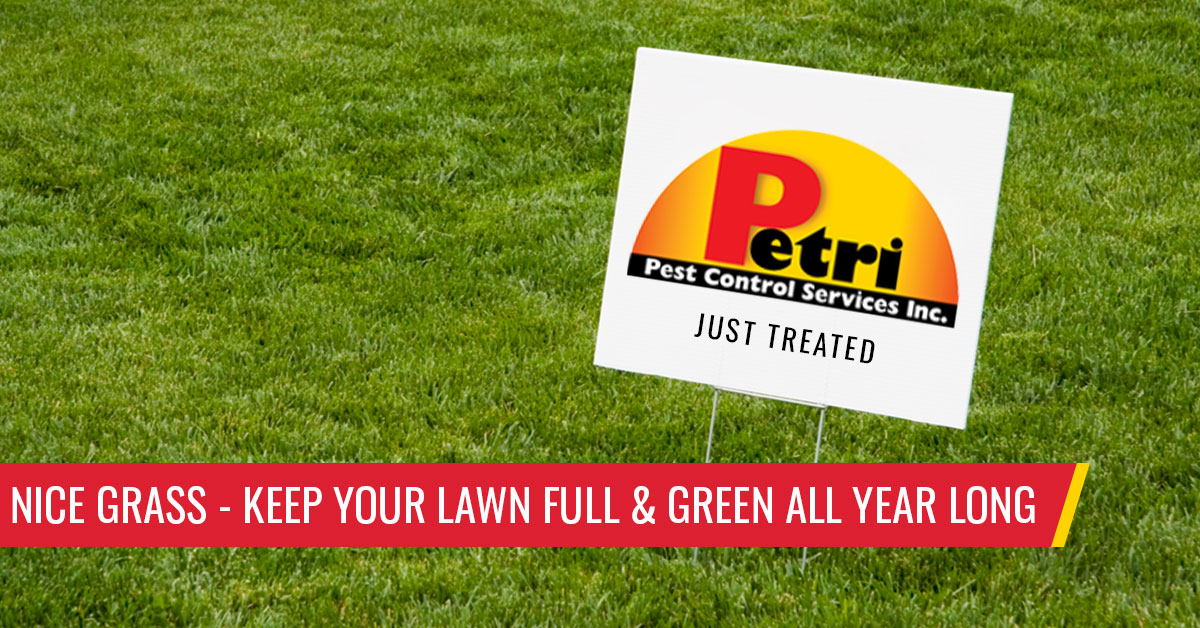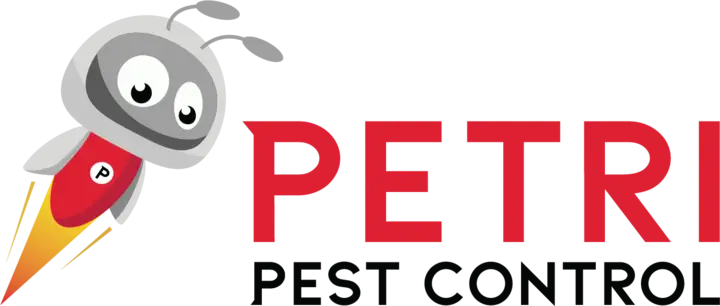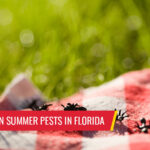
Nice grass is what all homeowners want and one of the most elusive things to attain, it seems. Most people don’t know how to care for their lawns, getting bad advice, or just not knowing proper procedures for growing and maintaining a great lawn. We have gathered some lawn care tips to help homeowners achieve a happy, healthy, green lawn all year round. Great lawns in South Florida are the product of proper watering, mowing, and fertilization. It sounds pretty straightforward until you factor in the condition of your soil, turf-destroying insects, plus disease and fungus conditions.
To grow a great lawn, you need to begin by getting your soil tested. You can provide a soil sample to your county extension, or purchase soil test kits at nurseries or online. Not only will this test let you know if your soil is lacking in nutrients but it also provides a baseline for adding nutrients. Soil tests will come back as either alkaline, acidic or neutral. With neutral as your goal, soil tests can indicate which nutrient, if any, your soil needs to produce a healthy, green lawn – phosphorus, nitrogen, or potassium.
Correct Fertilization Practices for Nice Grass
After assessing your soil’s pH, adding the right nutrients is essential for the best results. Consult a professional to determine which type of fertilizer you need for your type of turf. Most home improvement professionals will most likely suggest a mixture of fast- and slow-release fertilizers to make immediate improvements in your lawn and to continue to feed it during the season.
- You can consult The University of Florida’s Institute of Food and Agricultural Sciences (UF-IFAS) online lawn care publications for advice on when to fertilize for your type of grass. South Florida lawns can be fertilized year-round.
- The soil in South Florida contains an abundance of phosphorus. Fortunately, more phosphorus-free fertilizers are now available.
- Follow the instructions for proper amounts of fertilizer as over-fertilizing can damage your lawn.
- Over-fertilizing can also cause excess fertilizer to run off into bodies of water, causing unhealthy algae growth – this is a concern across South Florida.
- Keep fertilizer off of the pavement and ten feet from water bodies to avoid contaminating water sources.
What type of turf do you have?
In South Florida, St. Augustine and Zoysia turfs are the most popular for lawns but vary in care and appearance. Both St. Augustine and Zoysia turfs look great but St. Augustine is coarser and more low-maintenance than Zoysia which has a softer feel and appearance. Other types of turfgrass cultivars popular in South Florida include Bahia and Centipede grass.
Correct Watering is Important for a Beautiful Lawn
Watering your lawn correctly is an essential part of keeping your lawn healthy. “Over-watering of lawns causes more damage than any other cultural practice,” according to UF-IFAS. Too much water can result in encouraging a shallow root system. Training your grass to go deeper to find water will strengthen and lengthen your grass’s root system, helping your lawn survive stress conditions such as drought and high traffic conditions. Your lawn will tell you when it needs water. Signs of a thirsty lawn include:
- Leaf blades that are folded over
- Grass that appears blue-gray
- Lawns that don’t spring back when stepped on, leaving visible footprints in the grass
A good rule of thumb is to water less frequently for longer periods to encourage root growth. How often you water your grass depends on the weather, the type of turf, the amount of shade in your yard, and the time of year. In Palm Beach County and Broward County, lawns need water year-round to stay green and healthy. Another good practice is to irrigate your lawn early in the morning. Check irrigation systems regularly to make sure they are in top condition and adjust the amount of water, if necessary. Most lawns require ½” of water per irrigation session. Be careful not to saturate soil so that water runs off – this will deplete your lawn’s nutrients and potentially contaminate water sources.
Correct Mowing Practices for Nice Grass
A healthy lawn also requires correct mowing practices. To maintain your lawn’s growth and health from Jupiter to Pembroke Pines, never cut more than 1/3 of your grass’s blade length. Mowing too close or “scalping” can cause stress and create disease conditions in your lawn. Other correct mowing practices include:
- Leave grass clippings on your lawn to return valuable nutrients to your soil, acting as compost for your lawn. Also, adding more organic material to the soil reduces your fertilization needs.
- Wet grass makes it difficult for your mower to make clean cuts so always make sure you mow when the grass is dry.
- Keep your mower blades sharp. Dull blades tear grass blades, making them targets for pests and disease.
Common South Florida Lawn Pests and Disease Conditions
South Florida lawns are susceptible to numerous grass and ornamental plant insects and disease conditions. These pests include:
- Chinch Bugs inject a toxin that prevents turfgrass from absorbing nutrients and moisture from the soil.
- Sod Webworms/Armyworms feed rabidly on grass blades, causing sections of grass to separate from your lawn and/or brown irregular thinning of your lawn.
- White grubs are beetle larvae that feed on the roots of grass and are often found in a C-shape.
- Fire Ants build unsightly mounds on lawns but are considered more of a threat to humans, livestock, and pets than a lawn pest. Fire ants can sting in numbers, causing severe discomfort for most victims and a severe allergic reaction in sensitive people.
- Mole Crickets tunnel in your lawn causing serious problems, killing grass by tearing up the roots and munching on shoots of grass.
Fungus conditions and lawn diseases such as gray leaf spot, brown patch fungus, crabgrass, dollar weed, dove weed, spurge, and chamber bitter can also plague Florida lawns. Lush and exotic ornamental plants that thrive in South Florida’s heat and humidity are also susceptible to scale insect and whitefly damage. While you can spend money and time trying to remove weeds and disease or fungus conditions, proper lawn fertilization, watering, and mowing provide the key ingredients for a green healthy lawn and ornamental plants. It’s a lot to manage for most homeowners in South Florida.
Petri Pest Control Services offers several lawn programs that take the guesswork and time component out of caring for your lawn and ornamental plants. Our trained technicians assess your lawn, recommend treatments, and service your Broward and Palm Beach County properties.
- Our General Lawn Program is designed to help homeowners control lawn pests and treat existing conditions.
- Our Total Lawn Program (TLP) is designed to nourish and protect your lawn and shrubbery from adverse conditions, control weeds, and provide everything your lawn and ornamentals need throughout the year.
- Shrub Spraying is offered as part of our lawn care program or as a stand-alone service for whitefly, mealy bugs, scale, and other pests and conditions that affect your landscape plants.
Contact Petri Pest Control Services for a beautiful and healthy green lawn all year round!
Nice Grass – How To Keep Your Lawn Full & Green All Year Long in South Florida
Serving Broward County and Palm Beach County


